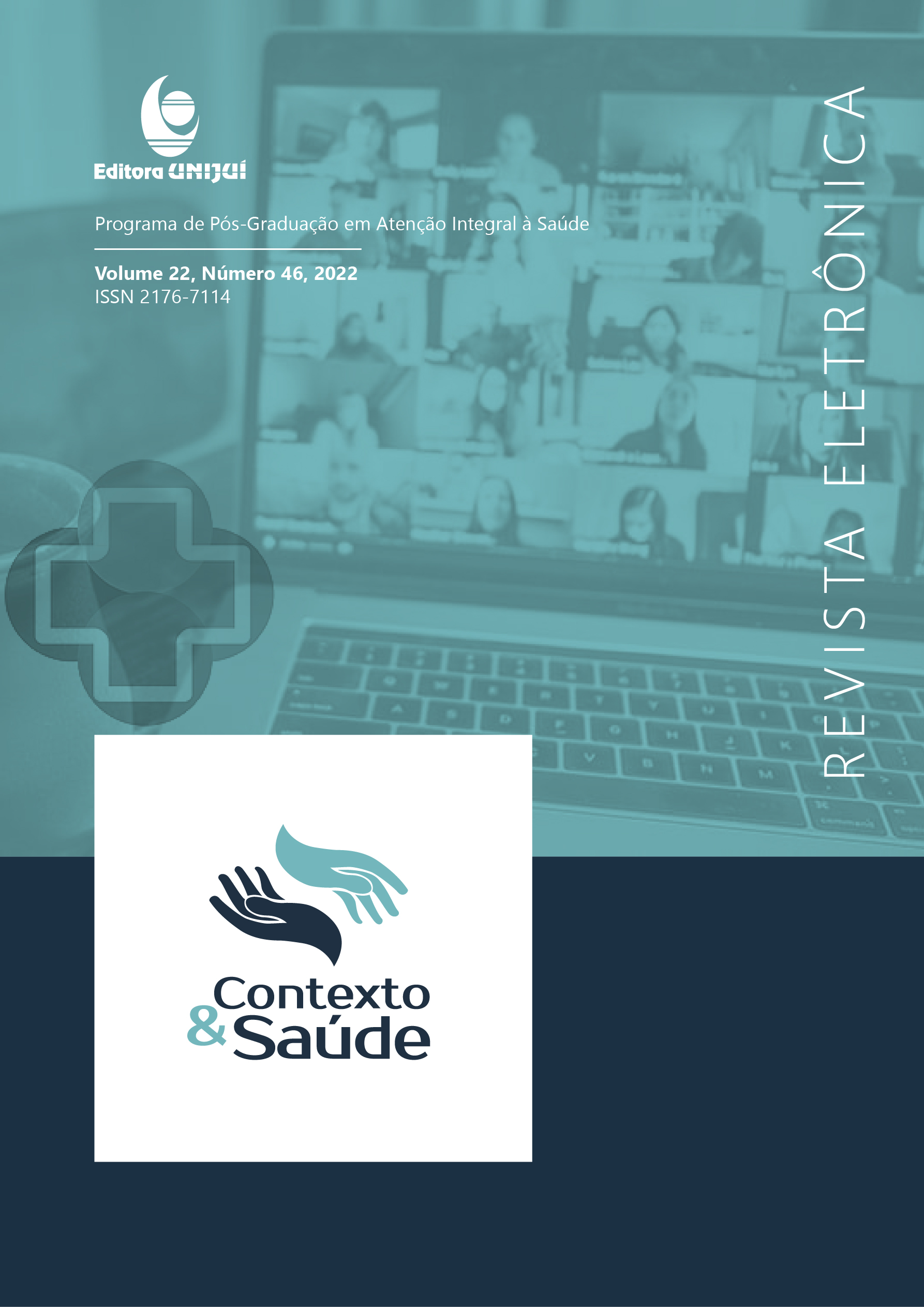Surveillance and avoidability of infant death in a capital of the extreme southern Brazil
DOI:
https://doi.org/10.21527/2176-7114.2022.46.13346Keywords:
mortalidade infantil, estatísticas vitais, fatores de risco, prevenção e controle, vigilânciaAbstract
Introduction: Analyzing infant mortality data may show changes in the epidemiological profile of the population of a municipality and the complex combination of biological, socioeconomic and assistance factors present in infant death. Objective: To present the process of surveillance of infant death, after the creation of the Committee for the Prevention of Late Fetal and Infant Mortality (CMI) in Porto Alegre / RS, with a view to preventing death. Methodology: Retrospective study with a descriptive quantitative approach about infant mortality in the city. The research took place with the Municipal Health Secretariat of Porto Alegre (SMSPA), through the VITAIS - Health Analyzes tool of the SMSPA's General Health Surveillance Coordination and the systematic observation of the IMC monthly meetings. Results: From 2001 to 2019, the highest occurrence of deaths was in 2001, with a decrease of 64.86% in the period from 2001 to 2010 and of 75.00% in the period from 2011 to 2019. The proportion of neonatal deaths in relation to the total number of deaths among children under 1 year of age was 61.15%, with the main cause of diseases originating in the perinatal period. Deaths considered preventable are reducible by appropriate actions for diagnosis, treatment and health promotion. Conclusions: Infant mortality is linked to preventable causes, being potentially preventable with the resources currently available. Knowing the factors involved in the infant death event contributes to the improvement in the organization of the municipal maternal and child health care system and to the reduction of preventable deaths in children.
Downloads
Published
How to Cite
Issue
Section
License
Copyright (c) 2022 Revista Contexto & Saúde

This work is licensed under a Creative Commons Attribution 4.0 International License.
By publishing in Revista Contexto & Saúde, authors agree to the following terms:
The works are licensed under the Creative Commons Atribuição 4.0 Internacional (CC BY 4.0) license, which allows:
Share — to copy and redistribute the material in any medium or format;
Adapt — to remix, transform, and build upon the material for any purpose, including commercial.
These permissions are irrevocable, provided that the following terms are respected:
Attribution — authors must be properly credited, with a link to the license and indication of any changes made.
No additional restrictions — no legal or technological measures may be applied that restrict the use permitted by the license.
Notes:
The license does not apply to elements in the public domain or covered by legal exceptions.
The license does not grant all rights necessary for specific uses (e.g., image rights, privacy, or moral rights).
The journal is not responsible for opinions expressed in the articles, which are the sole responsibility of the authors. The Editor, with the support of the Editorial Board, reserves the right to suggest or request modifications when necessary.
Only original scientific articles presenting research results of interest that have not been published or simultaneously submitted to another journal with the same objective will be accepted.
Mentions of trademarks or specific products are intended solely for identification purposes, without any promotional association by the authors or the journal.
License Agreement (for articles published from September 2025): Authors retain copyright over their article and grant Revista Contexto & Saúde the right of first publication.

